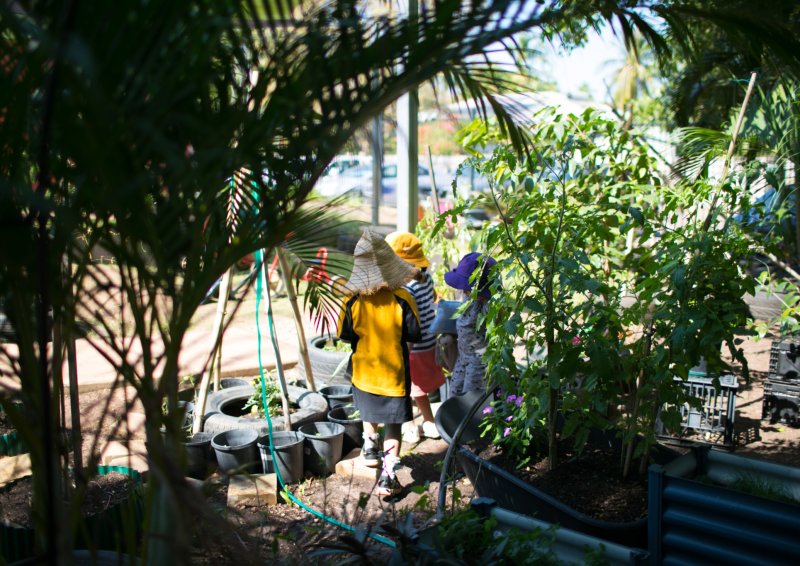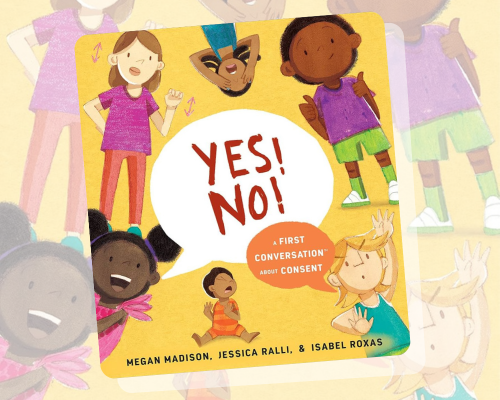As we step into the first months of 2025, you might already feel “over” the endless cycle of tidying, documenting, cleaning and attempting to create intentional moments with the children in your care.
You’re not alone, and here’s the good news: there’s a simple, effective way to stay on top of it all without feeling overwhelmed. It’s called hitting the “reset” button.
This magical (and entirely possible) concept allows you to refresh an activity, environment, or even a moment with purpose and intention, benefiting both you and the children.
What Is a Reset, and How Is It Different from Tidying?
To “reset” means to “set again or differently” (Oxford English Dictionary, 2025). A reset isn’t about merely cleaning up or picking up after others. Instead, it’s about intentional changes that support engagement and connection. Resets are especially helpful when:
- An activity (planned or spontaneous) isn’t working.
- The environment or activity space feels chaotic.
- You notice shifts in children’s emotions or energy levels.
- You instinctively sense that something needs to change.
Why Resets Matter
A reset doesn’t have to be a major overhaul.
It’s about small, intentional acts that can leave you feeling accomplished and ready to refocus. For children, resets foster a sense of belonging, autonomy and stronger relationships with their educators.
The Approved Learning Frameworks emphasise that routines, rituals and transitions —including resets — enhance play-based learning and intentionality:
“Educators act with intentionality in play-based learning when they, for example: use routines, rituals, and transitions to foster learning, development, and wellbeing.” (EYLF, 2025, p. 22)
Practical Reset Ideas
Here are some simple strategies to incorporate resets into your day:
- Use Positive Language
– After an activity, ask the children: “Have we finished here? Let’s reset so someone else can enjoy this!”
– If things feel chaotic, try: “I see some of us are feeling overwhelmed with activities mixing. Can you help me reset?” - Role Model Resets
– While waiting for your sunscreen to settle before heading outside, say: “I’m going to look around and reset a few stations, while I am waiting” - Seize Quiet Moments
– During rest times, take a moment to reset a small area or the room if needed.
– While supervising a small group, reset an activity in another section of the space. - Quick End-of-Day and Extra Helpful Resets
– Spend three minutes resetting an activity or resource as you leave for the day.
– After a nappy-changing cycle, restock supplies to make the next person’s task smoother. - Involve the Children
Children thrive when they’re part of the reset process. With practice, they’ll develop independence and take ownership of their environment. Tailor expectations to their developmental stage and start being intentional with your resets as early as infancy by modelling and explaining.
Resetting as a Form of Reflection
Feeling the need to reset—whether it’s stopping an activity entirely or starting fresh with a new approach—is a sign of reflective practice.
It shows that you’re observing, listening, and making intentional changes. Sometimes, we fall into the trap of thinking that an activity’s failure reflects poorly on us as educators.
But recognising when something isn’t working and having the courage to reset, demonstrates strength and adaptability.
The Benefits of Small Resets
Frequent, small resets can:
- Alleviate daily pressures and stress.
- Foster teamwork among colleagues.
- Provide a sense of accomplishment and progress.
By embedding resets into your routine, you create a harmonious environment where both educators and children can thrive.
So go ahead, hit that reset button and embrace the opportunity to work smarter, not harder!



